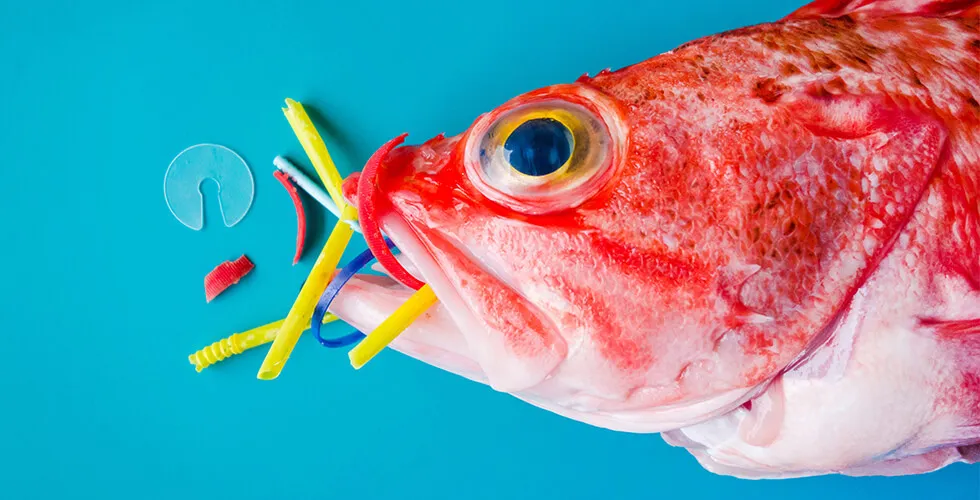
New research from Portland State University has exposed widespread microplastic contamination in seafood, raising serious health concerns about prolonged exposure. Nearly every seafood sample tested—180 out of 182—contained tiny plastic particles originating from clothing, packaging, and other consumer products. Pink shrimp had the highest concentrations, while Chinook salmon had the lowest.
Experts warn that microplastics can migrate from the digestive system into muscle tissue, potentially reaching human organs. Even more concerning, nanoplastics, smaller fragments of these contaminants can cross biological barriers, accumulating in the body over time. While the full extent of health effects remains unclear, scientists are increasingly worried about links to inflammation, hormonal disruptions, and long-term toxicity.
Microplastics have infiltrated seafood and drinking water, air, and other food sources, making exposure unavoidable. Researchers stress the urgent need for improved plastic waste management to curb contamination and reduce potential health risks.
Despite the alarming findings, experts do not advise avoiding seafood, as it remains a vital source of essential nutrients. However, the study underscores the growing need to understand how microplastic accumulation could impact human health over time. As research continues, consumers are left to question how much plastic they unknowingly ingest and what it could mean for future generations.

